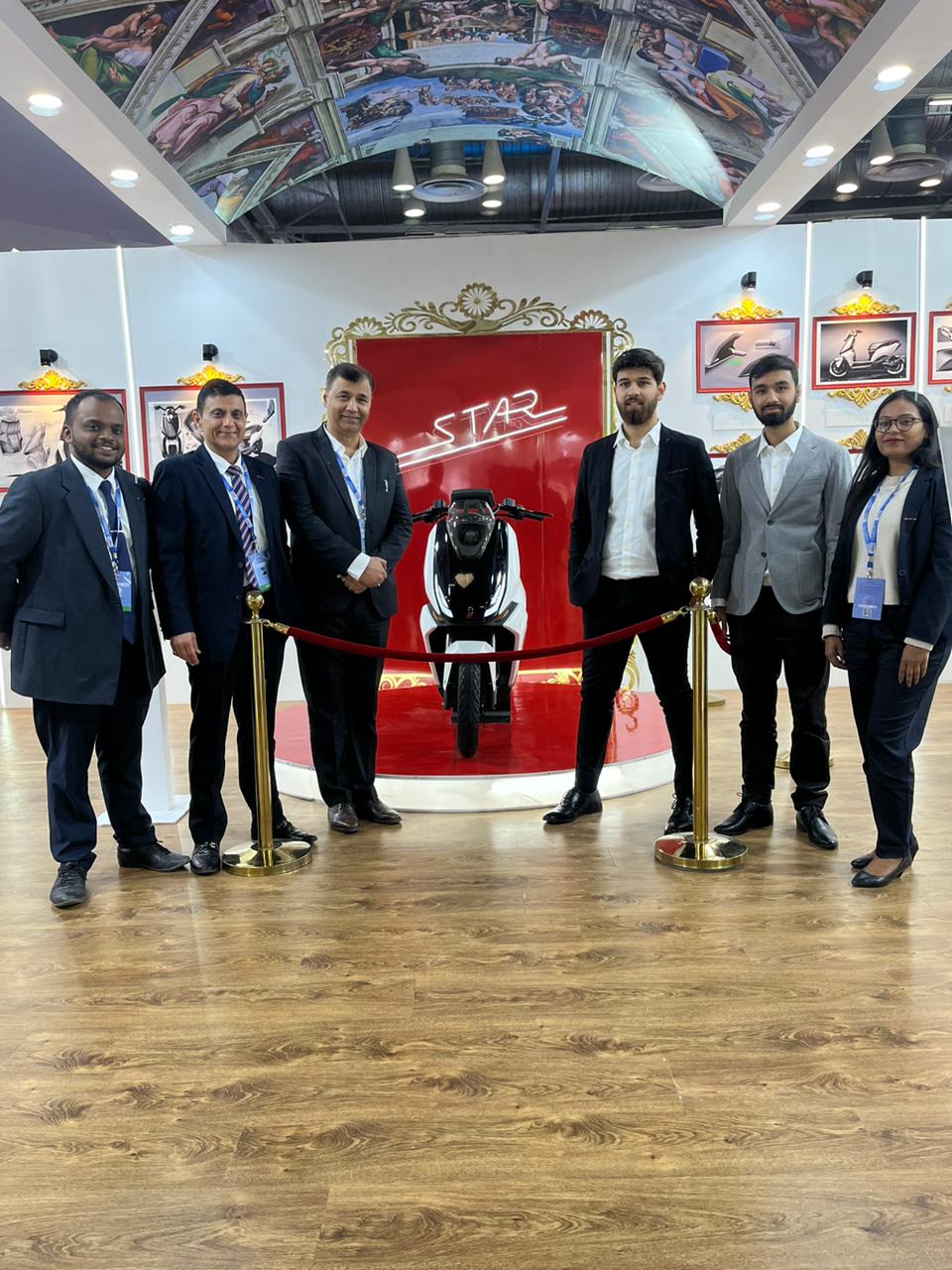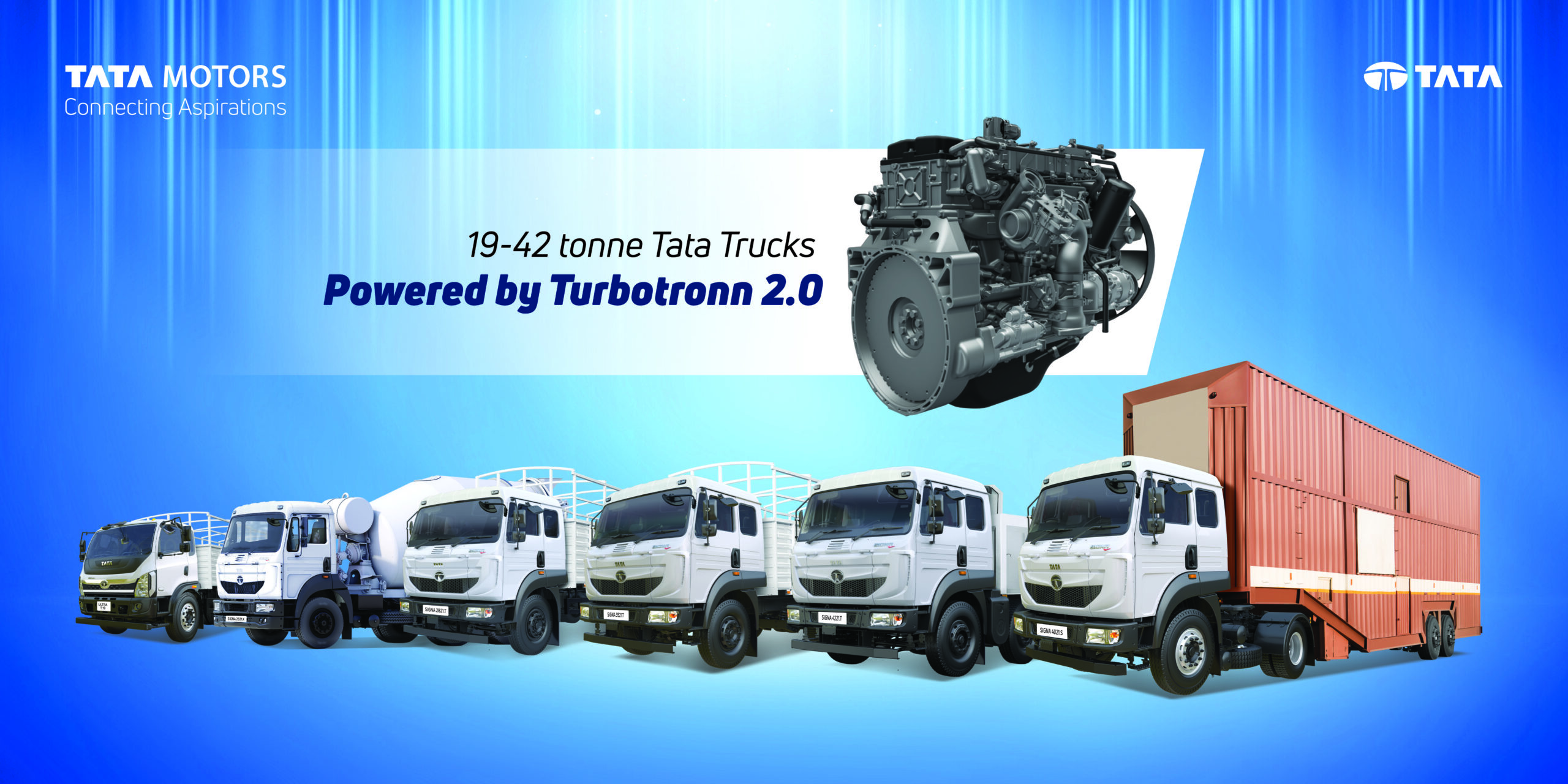BFW’s Major Growth Drivers are Innovation and Digitization

Ravi Raghavan, Managing Director, Bharat Fritz Werner shares many unmissable insights on growth across industries and the factors behind BFW’s robust growth.
Bharat Fritz Werner Limited, popularly known as BFW, is India’s largest machine tool builder. Founded in 1962, it is one of the rare private sector machine tool companies in India to have completed 50 years of operation. BFW builds machine tools vital for manufacturing operations across industries, from plastics to infrastructure to automotive and aerospace. BFW was recognized as one among the Top 25 Most Innovative Companies in India at the prestigious CII Industrial Innovation Awards 2018 held recently. DMI’s Editor Aanand Pandey interacted with Ravi Raghavan, Managing Director, BFW on a number of topics relevant to the industry. Mr Raghavan shared with us many unmissable insights on how different industrial sectors are faring, BFW’s growth drivers, the top attributes that customers of machine tools expect, and how homegrown machine-tool builders can compete with global brands.
Congratulations for receiving the prestigious CII Industrial Innovation Award for ‘The Top 25 Innovative Company’. Can you share with us your perspective of how the machine tools industry is faring in the current scenario? What are the significant trends, which industrial sectors are doing particularly well, and the overall growth outlook as you see them?
Thanks! Overall, we are witnessing a continued growth in manufacturing. We have seen our customers grow, particularly so during the last two years. Almost all of our customers have given us repeat orders. Our customer base has increased with the addition of newer customers. In fact, 40 percent of our recent business has come from newer customers. I see it as a positive sign that the industry is growing and so is the demand for machining solutions.
The automotive and auto component sector – notably the heavy commercial vehicles (HCV) segment, is the most important customer for the machine tools industry, and it is doing very well. One of the current growth drivers for the automotive industry is the imminent change of the emission norm to Bharat Stage VI norms, two stages up from the presently followed Bharat Stage IV norms. [The Indian government has announced April 1, 2020 as the official deadline for the adoption of Bharat Stage VI emission norms. These standards are based on similar norms followed in Europe called Euro 4 and Euro 6. The new emission standard requires significant vehicle tech upgrades for automakers. – Editor.]
The change in the emission norms has led to a rise in the business activity in the industry, since automakers need to change as well as upgrade machines and tools, including those of the major car components such as the engine.
The second industry that is doing very well is the infrastructure and construction machinery and equipment industry. It has seen an extremely robust growth at an impressive pace of 25-30 percent in last two years. And if the government initiatives supporting the development of infrastructure continue, and I am sure that they will, this sector will continue to grow. It’s a big consumer of machine tools and therefore a positive growth catalyst for the industry.
Furthermore, the aerospace industry has started showing positive signals for local consumption – the demand was a bit muted till a few years ago, but now the sector appears to be warming up to buying machine tools locally. The other sector that has shown a lot of potential is Railways.
The other significant trend that I see is, not only the big companies but even the small ones are growing, many of which have one or two machines. Therefore, I see that the growth is more widespread this time.
Curiously, in the last two-three months, some of the smaller companies are finding it difficult to arrange for the finances – there could be some sort of a delay in terms of investment in the smaller and mid segment.
That said, overall, machine tools have seen a great two-year run of domestic growth.
How about the electronics manufacturing industry?
The electronics industry has a great potential. Clearly, India is a big market for electronics but the manufacturing side of the industry is not a big consumer of machine tools in India. Either the parts are imported, or the manufacturing is done overseas. Lately, it has started to show some potential. Certainly, it has the potential to be among the largest sectors for machine tools. Remember, the growth of China’s machine-tool industry was driven by the electronics industry.
We are seeing some green shoots in the medical devices industry, which seems to shown some momentum of late, thanks to recent government initiatives. Do you see the sector as a big consumer of machine tools?
Yes, that movement was already there and it has picked up some pace. The reason that it doesn’t get noticed is that it’s a comparatively small industry. That said, the consumption has started in that segment.
How do you see it in terms of its potential?
Its potential in terms of growth is huge, even if no so much in terms of absolute value because the industry requires smaller machines.
From a macro perspective, what are the factors that are favoring the manufacturing industry at present? Do you see the healthy global economic growth to be a having a positive impact on the domestic consumption of machine tools?
If you set aside the last 5-6 months, globally, most economies, including the major ones – the US, China, Europe – have grown at a healthy rate during the last couple of years, perhaps for the first time in recent history.
At the same time, most major industries have grown – auto, electronics, infrastructure and others. That has also put heavy pressure on the supply chains during the last 24 months – supply chains everywhere have not been able to fulfill, meet or grow at the expected rate because for some components, growth has been in the vicinity of 50-60 percent and more. That has happened to supply chains in India as well. Earlier, when the world was growing, India was not able to keep pace and vice versa. This time India has kept up. Of course, I am speaking from the perspective of the manufacturing and the machine tools industry. We see an enormous, visible pressure on the supply chain. Many supply-chain organizations have doubled their capacity, but are unable to meet the demand. For example, the domestic requirement has been so huge that we have not been able to focus so much on the overseas market. For us, the YTD (Year to Date) order input growth has been more than 60 percent over last year [The interaction was done on December 31, 2018. – Editor], our sales growth in the first half was about 55 percent and we are now at about 42 percent on sales growth over last year. These are high numbers for a capital goods business – it puts a lot of pressure on the supply chain and that is true for all the organizations.
Speaking of the types of machine tool technologies and solutions the BFW provides, where do you see the most demand?
Fifty percent of our business has come from solutions. We have seen an excellent demand for all our solutions across the board including horizontal machining centers, special purpose machines (SPM), the big VMCs (Vertical Machining Centre), big turning machines and others. Many of these machines compete with global brands and are used as import substitutes.
If you see, the average price of our machines has gone up by 20 percent over last year, which means that the supply of bigger machines in our case has increased more than the smaller machines. For example, we have sold machines with average tickets size of Rs 5 Crore.
Our turning machine business has been extremely robust – turning machines in some product lines have gone over 300 percent over last year. In SPM, we have been growing at 200 percent this year over last year. We have done extremely well across the board including our smallest conventional machine where we have grown 100 percent plus year on year.
The part about import substitution is particularly interesting to me as a journalist – I have seen a recent trend, a bit inconspicuous now, that global companies, including the Indian MNCs have begun to show more confidence in Made In India products, and BFW’s machine tools solutions would be a significant example to me. What are the factors that you attribute to the excellent performance of BFW’s solutions?
Machine tool companies can do well by focusing on innovation and technology and working on delivering value, not by selling smaller or cheaper machines.
Manufacturers prefer value much more than the price. Eventually, a manufacturer wants to lower his per piece cost [of output]. You must give him features to help improve his productivity.
A company needs to spend a lot of resources on innovation and technology, because that’s where the future is. Today, in India, 50 percent of the machine tools are imported; if, at all, the Indian machine tool builders have to expand locally, they have two choices: either they cannibalize each other’s market share, or they compete with the global brands. For one to take the share of imported products, one’s technology should be equivalent or superior to that of the latter, otherwise why should an Indian customer buy your products? All the homegrown machine-tool companies may not be able to attain that level overnight, but that’s the only way to go.
Can you share some examples where BFW’s solutions have been used for import substitution?
Sure. One such solution is the ORION series of Horizontal Machining Centers (HMC), which has seen great market response, because all the specifications, from performance to precision and reliability, are comparable with the best of imported machines. It helped us win new customers as well, who were only buying imported machines earlier. The new customers started with one machine, and saw that it performed as well and even better than the imported ones. At many of our customers’ shop-floor, our machines sit next to the imported machines, and one can see that both have the same parameters, the same cycle time, with the same cost, with some of parts that are even interchangeable, and that raises the confidence of our customers in our machines. So this was a great year for us with these machines because people were able to substitute their import requirements with our solutions.
Another case in point is BFW’s Front Axle Beam Machine, which is a fully automated solution for complete machining of metal fabrication, from raw forging to finishing in single set up. It has proven to be an excellent substitute for imported machines. Most of the capacity additions done by our customers’ for fabrication, done earlier with imported machines, have been done in the last two years with BFW machines.
Then we have the Mach 32 VMC (Vertical Machining Centre), which is the smallest (smaller than one meter in width) and the fastest machine of its kind available in the country. We compete with global brands in that category, and it has found a big customer base here. Then for turning we have the hardened Guide way Turning Machines which were only imported till now and today our machines are competing with them.
Any big spurt in demand also brings with it many insights as well. What were the insights that you have had during the ongoing period of robust growth?
The first insight is that it pays to be closer to the customer, as we have been, not only for the purpose of service but from the very beginning of the customer relationship, so that we are there when he needs to interact with us, for example when he is quoting to his customer. The second insight is that high growth increases the expectation of the customer for better performance and better technology. Therefore, you not only have to deliver a great quality of service, you must also have the robustness and value built into the machine to meet those expectations. The third insight is that you need to have your supply chain with you particularly during the period of high growth. We have been able to do act on these insights, including positioning our cross-functional teams with the customer where we have co-develop many of the products. Such a level of collaboration helps us in mutually work on growth and transparency. And all this has to happen in tandem with digitization. For us, innovation and digitization have been the two major growth catalysts for 2018 and they continue to be so. They continue to be the major qualifiers for all of our initiatives.
What solutions and technologies will you be showcasing at IMTEX 2019?
We have an exciting new line-up of products across categories, with advanced and unique features for IMTEX 2019. We welcome IMTEX 2019’s visitors to BFW’s stall at: Stall A 103, Hall 1 A.





